December 7th, 2021
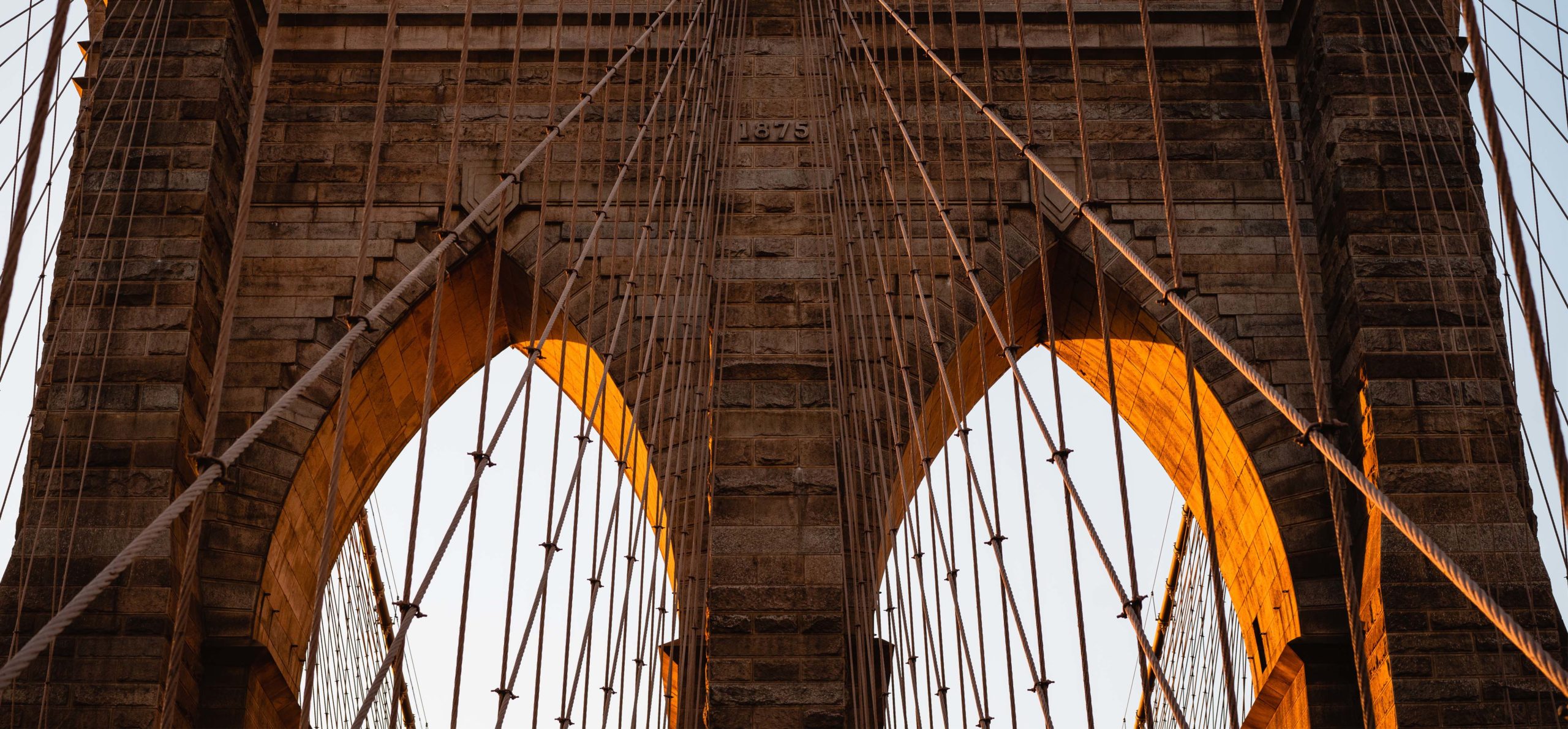
Brooklyn Bridge – Brooklyn, New York. Courtesy Joe Thomas
In his book Where Good Ideas Come From, media theorist Steven Johnson diffuses the drama of invention. Good ideas do not come from the lonely experimenter’s eureka moment, toiling away in the night under an even lonelier lightbulb. Rather, like a seed in rich soil, intuitions and hunches grow slowly in “liquid networks” until they are born as a new idea. It is only in these environments, says Johnson, where existing ideas can flow fluidly and serendipitously between smart people, edging them closer to the precipice of what’s possible. Liquid networks are “the chaotic fertile zone between too much order and too much anarchy”–perhaps the best description of New York City ever penned.
Taking a walk in the city this autumn is invigorating, its energy palpable. “Manhattan is a completely different city in the fall of 2021 than it was in the spring of 2020,” says Ronn Torossian, a native New Yorker and the CEO and Founder of storied PR firm 5WPR. This New York is different; it is less ordered, less answered for. “Older people have moved out, and younger people have moved in.” Attendance more than doubled at both the Metropolitan Museum of Modern Art this summer.
“Manhattan is a completely different city in the fall of 2021 than it was in the spring of 2020.”
Ronn Torossian – CEO and Founder, 5WPR
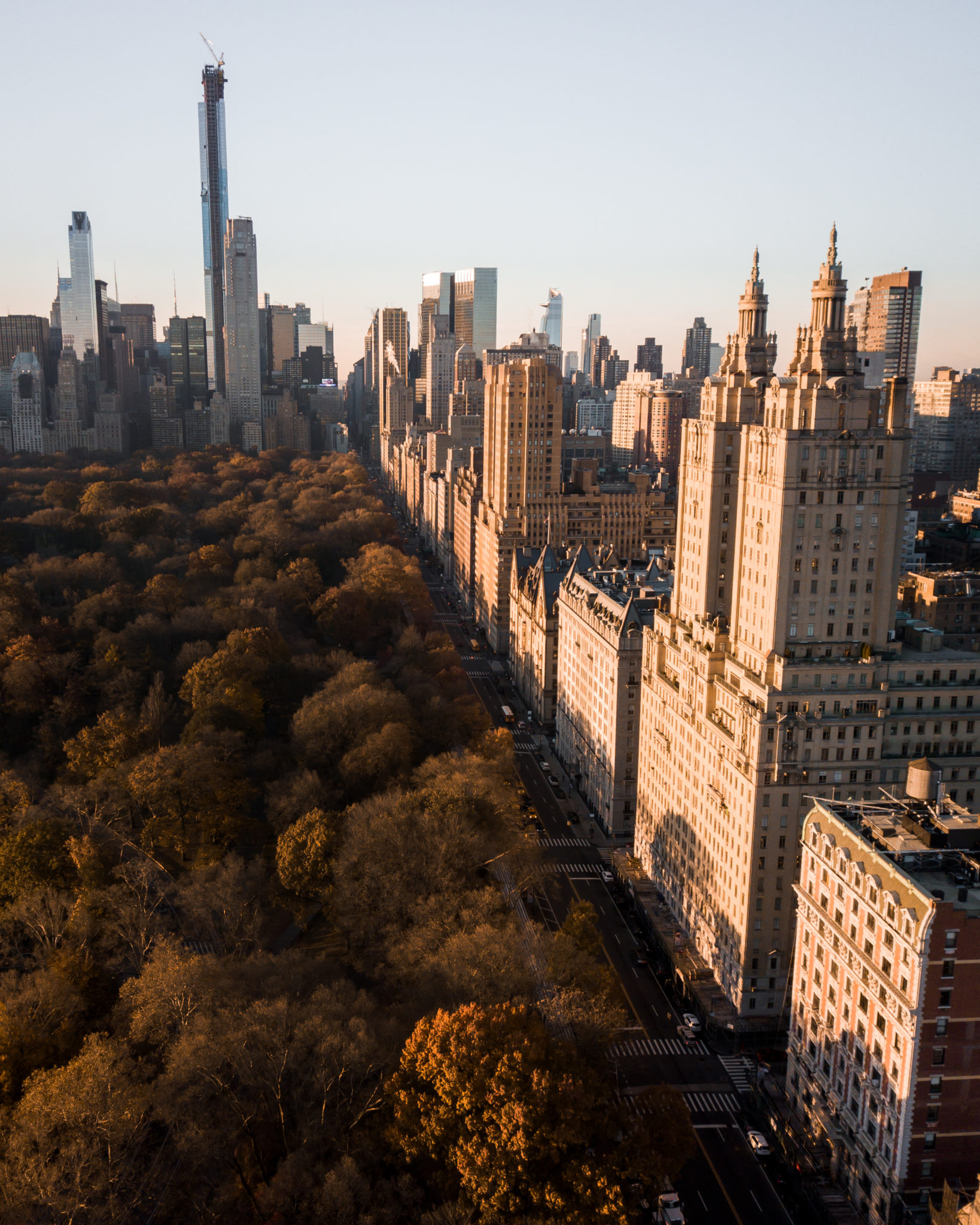
Central Park – New York, NY. Courtesy Joe Thomas
Traffic on the city’s bridges and tunnels returned to just three percent below its 2019 levels. Little Island, a new artificial island built on the Hudson just off Chelsea, opened for the first time and has been visited by thousands of tourists. More apartments were sold in Manhattan in the third quarter than at any other time in the last 32 years and there was a 59 percent increase in newly signed office leases. In short, New York City’s “liquid network” is back. Good ideas are following, faster than ever.
The startup market is one indicator. In the first six months of 2021, New York enterprise tech startups raised $6.7 billion across 119 deals, according to a report by venture firm Work-Bench. That is more than all dollars raised in 2020, and nearly a third of all funding raised by enterprise startups since 2014. The rise in funding between Q4 2020 and Q1 2021 alone was 54 times the average quarterly growth between Q1 2014 and Q4 2020. According to NFX investor Pete Flint, we are in the “golden age of startups.”
Institutional companies are equally in tune to New York’s returned “liquidity”, investing heavily in the city. Google just purchased a second office building in Hudson Square for $2.1 billion, set to open in 2023. Designed by biophilic architecture firm, CookFox, its lush outdoor terraces and a central sunlight-filled staircase encourage employees across different teams to meet more. Extinguishing rumors of a central relocation, JPMorgan Chase is offering free therapy to its NYC employees, while Citigroup is running shuttles between its Tribeca headquarters and major transport hubs.
Couple Barry Diller and Diane von Furstenberg donated $260 million to the city to build Little Island.
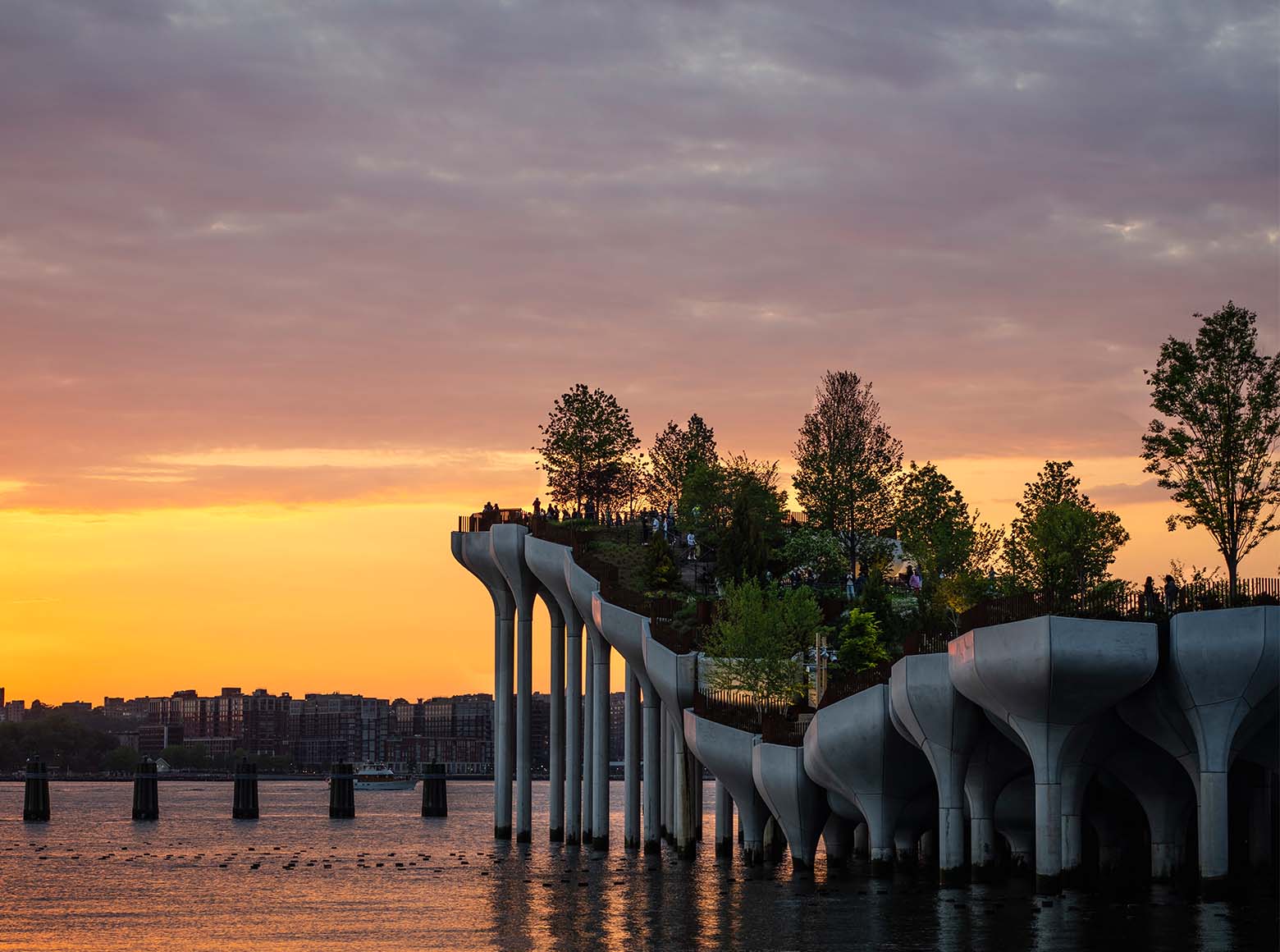
Little Island – New York, NY. Courtesy Joe Thomas
Still, good ideas are not just shared at work; the Enlightenment cultivated in the coffee houses of Europe, and New York’s new social infrastructure is beginning to look a lot like them. “The 9-to-5 Monday-to-Friday is dead,” says Torossian. “People go to dinner at four in the afternoon, because they’re cooped up all day. So what are they going to do after, when they finish eating at six?”
The popularity of membership-only social clubs might be the answer, where work and play mix. “I’ve been to more private clubs in the last six months than I have in the last 47 years of my life. No one I knew went to private clubs regularly before 2021.”
Josh Wyatt, the CEO and Founder of NeueHouse, a luxury coworking space that doubles as a social club, knows this. “People now really need variety and an ability to work, host teams, socialize, eat and experience serious cultural programming all without leaving the building,” says Wyatt, whose membership applications are at pre-pandemic levels. “Work and social life should be totally frictionless.”
Q3 2021 saw a 59% increase in newly signed office leases compared to Q2, with demand outpacing supply for the first time since 2019.
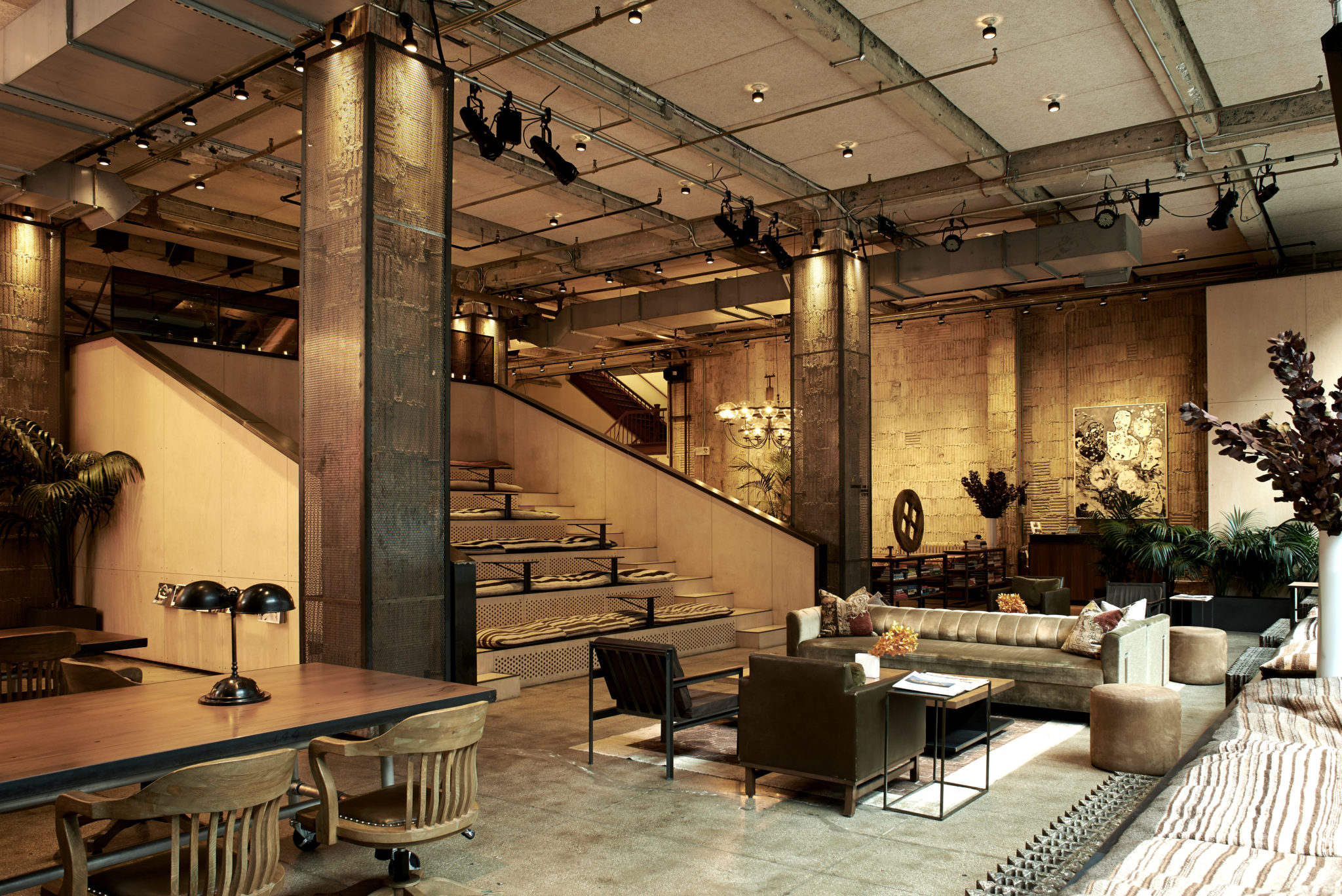
NeueHouse – New York, NY. Courtesy NeueHouse
The opening of Casa Cipriani and Zero Bond are other examples. As much as Zero Bond is made for 5-star lunches and dinner dates, it also has a library and private meeting rooms. “I wanted athletes and actors mixing with finance and doctors and fashion,” says Founder Scott Sartiano publicly. “It’s about bringing all these people together. I don’t want to skew to one audience. I don’t think that’s cool. I don’t think that’s New York City.”
William Sofield, the interior architect of Zero Bond and Founder of Studio Sofield, the renowned interiors firm that designed the Gucci, Tom Ford, Ralph Lauren, Bottega Veneta and Yves Saint Laurent boutiques, built that fluidity in. “I love the idea of flow, where at one point a body of water is still and then a body of water is moving. What’s that point between still water and rushing water?” Sofield asks, almost prophetically echoing Johnson’s “liquid network” idea. Like social clubs, environments that lead to innovations in not just tech, but also in art and design, must enable fluidity, and his buildings do so.
Named after the “zero” address where it is located, Zero Bond is housed within an 1874 red brick building on Bond Street in NoHo.
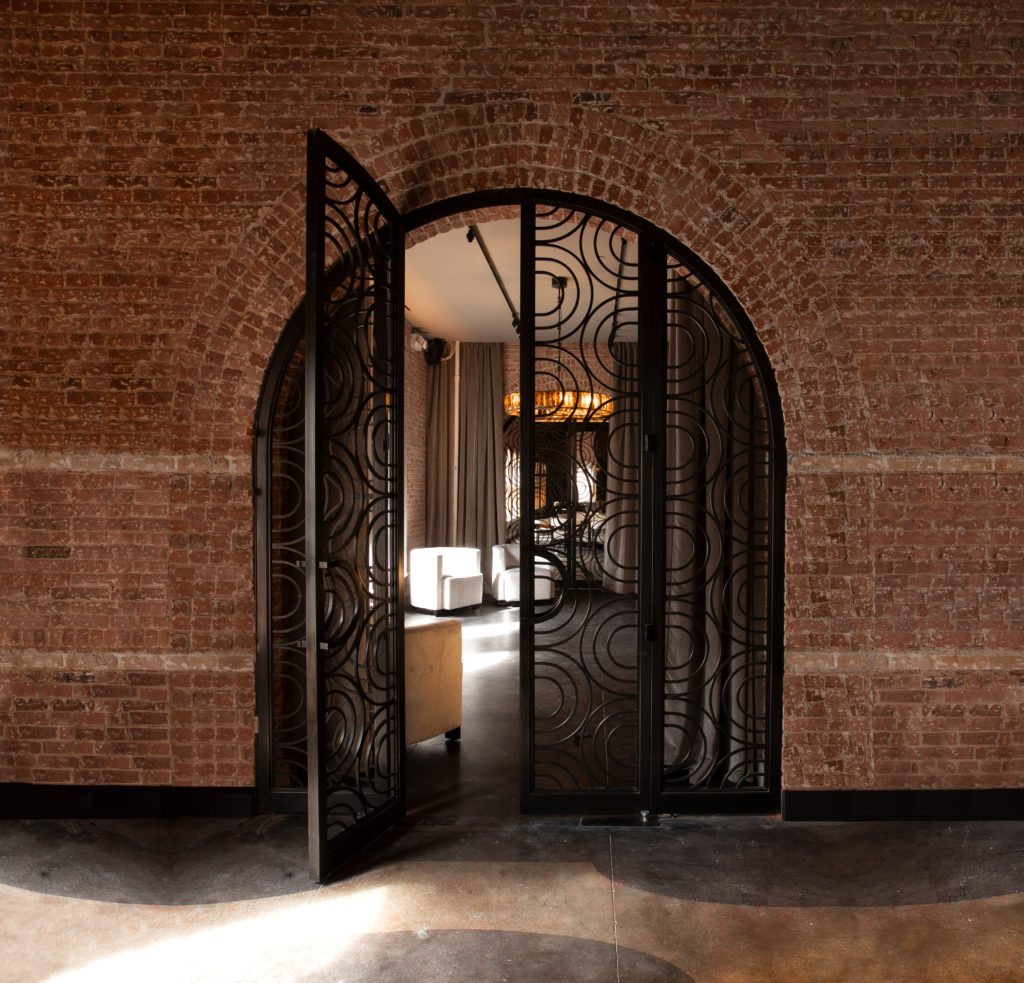
Zero Bond – New York, NY. Courtesy Zero Bond and Natalie Black
“I mean, who knows, maybe the next artistic revolution will happen in midtown. Maybe the future of retail is in what had been a big banking space. I can’t predict how it will play out, but I have every faith that New York constantly reinvents itself,” says Sofield. He analogizes the city to a string quartet. “Everyone is each playing a part. Then at a certain point, the thing has a life of its own that has nothing to do with the individual parts that are being played. That’s how I always see the city.”
This year marks ten since the release of Where Good Ideas Come From. Johnson wrote that “cities and markets recruit more minds into the collective project of exploring the adjacent possible.” With New Yorkers part of that project more than ever, the future of their city is bright.





